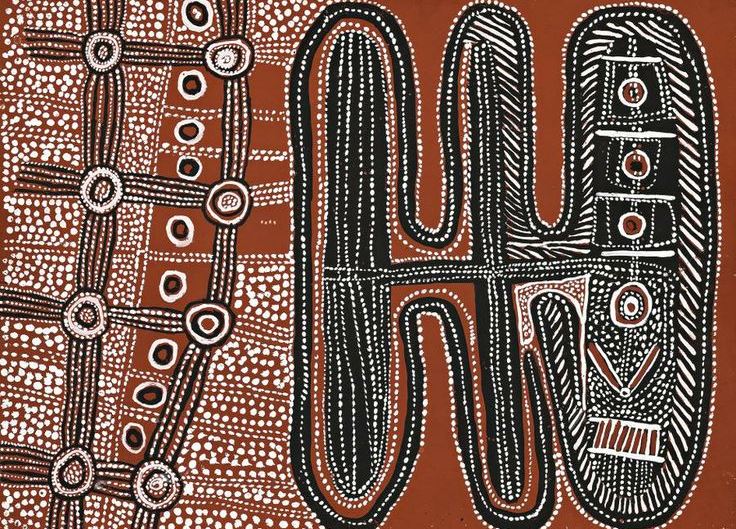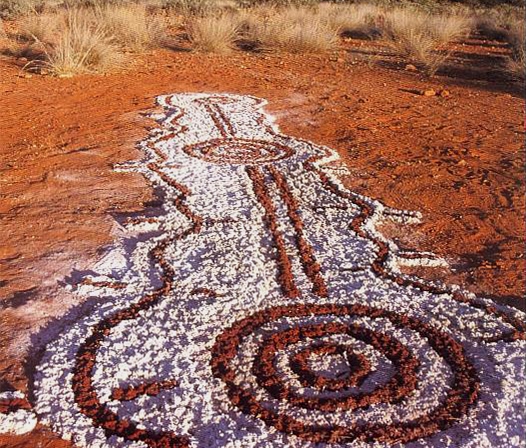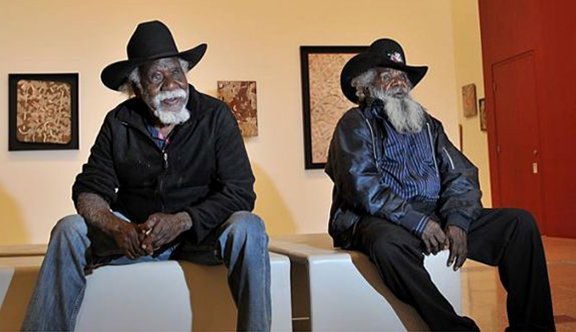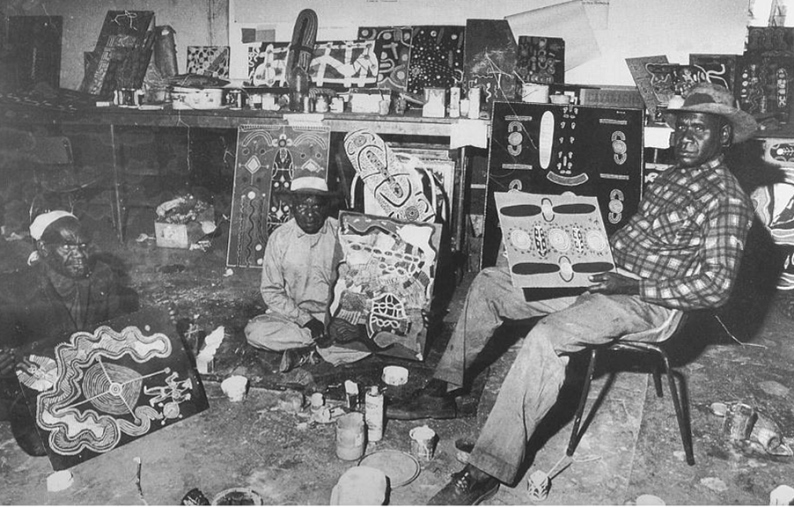Did Aboriginal Artists Use Western Art Traditions to Preserve Culture?
We were recently asked did the contemporary Aboriginal art movement start as a way to meld Western art tradition with Aboriginal culture, for the preservation of that culture?
I think the answer is no. I think it’s probably the opposite of that. I think the impetus that started the movement came when the school teacher at Papunya, Geoffrey Bardon, asked the children to paint in an Aboriginal way and not in a Western style.
Eventually, the older men came to Geoffrey Bardon and said, “Why are you asking the most junior members of our group to show you Aboriginal painting when we are the custodians?” These senior men subsequently created a mural on the school wall, a statement of the Honey Ant Dreaming that was a central story to the country around Papunya. Then they were given use of their own men’s painting room, and a small group of artists began laying the foundations for a great art movement. They started painting mostly on small boards, using the knowledge and the law that they were custodians for.
So the contemporary Aboriginal art movement formed away from the Western tradition. It was a way of saying “We are the authority, we are the law, and we will explain it in visual terms in these paintings.” The artists made use of western art materials and hoped there would be an art market for their work.
Was this early work motivated by the desire to preserve Aboriginal culture? It’s very hard to say. It was a watershed moment because the Aboriginal people involved had decided to tell the outside world something about their own culture and to do it through art.
At some level, they decided it was appropriate to make big statements about their own culture expressed in art, even though there were many of their own people who thought they had taken the wrong path. In other words, opponents thought it was a sell-out to talk about your Dreaming to an outsider who had no knowledge and no place in that scheme of things.
I’m not sure we’ll ever know the motivations of those early artists. We do know that they argued about what was suitable for expression in the public domain and what could be shown outside their tribal groups. I don’t think preservation of their own culture was a priority in the list of reasons that this art movement happened. I think the sharing of the culture marked a very different position. Many of the artists in Papunya were no longer living on their traditional lands, and to some extent, they were no longer able to conduct a life aligned to the old ceremonial world they’d grown up with. There was a degree of isolation from their own ancestral country and ceremonial grounds at this time, which could lead to the expression of cultural significance through art.
Now subsequently they’ve been able to go back to their traditional country, to build communities like Kintore and Kiwirrkura. Returning was partly made possible by the money they earned from the art world. This is one aspect of the remarkable achievements of that early group. However, I think people were reacting to other forces when they started producing those first paintings, based on social and political circumstances of the 1960s and 1970s.





